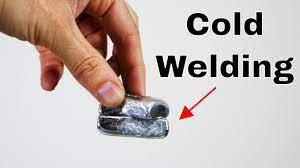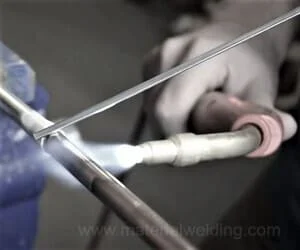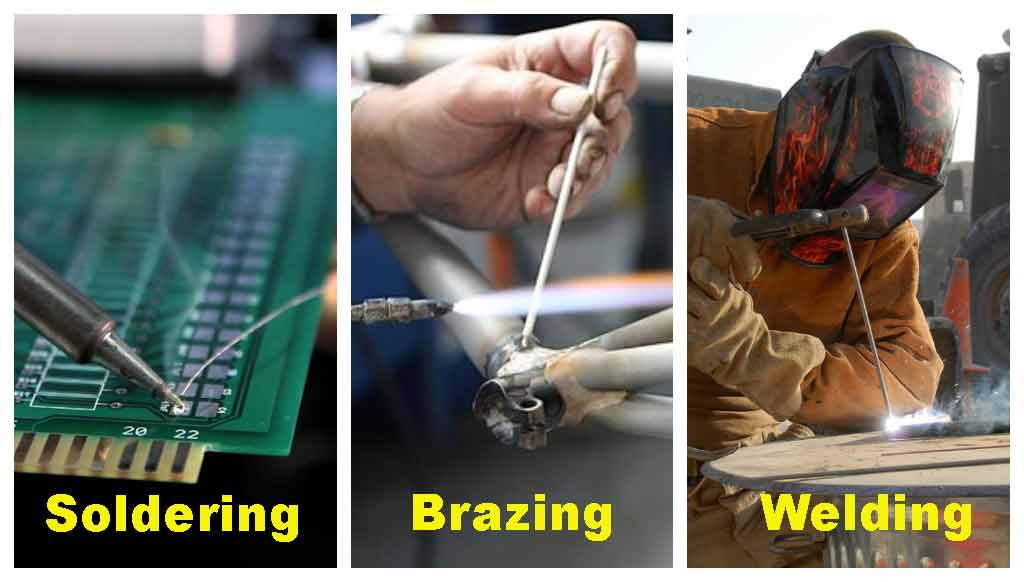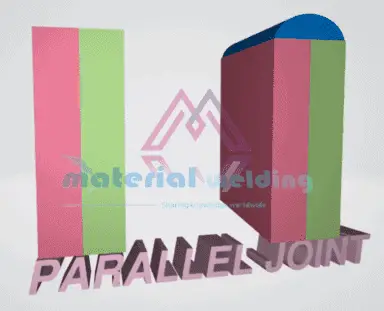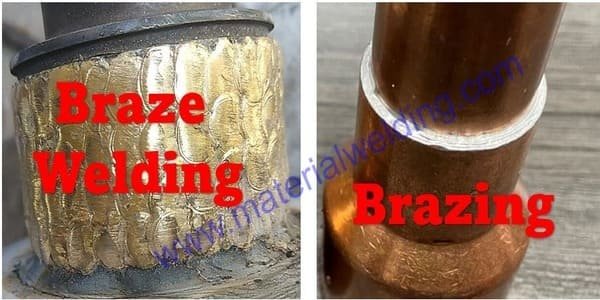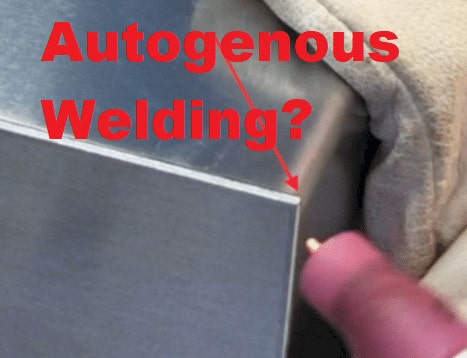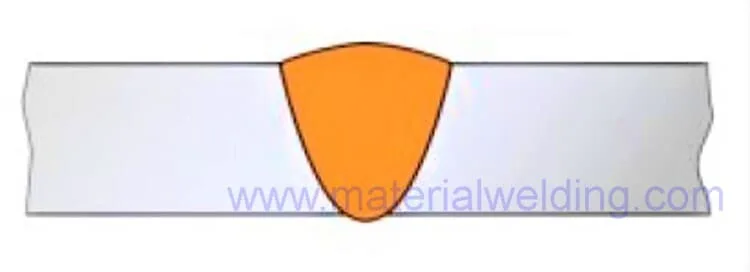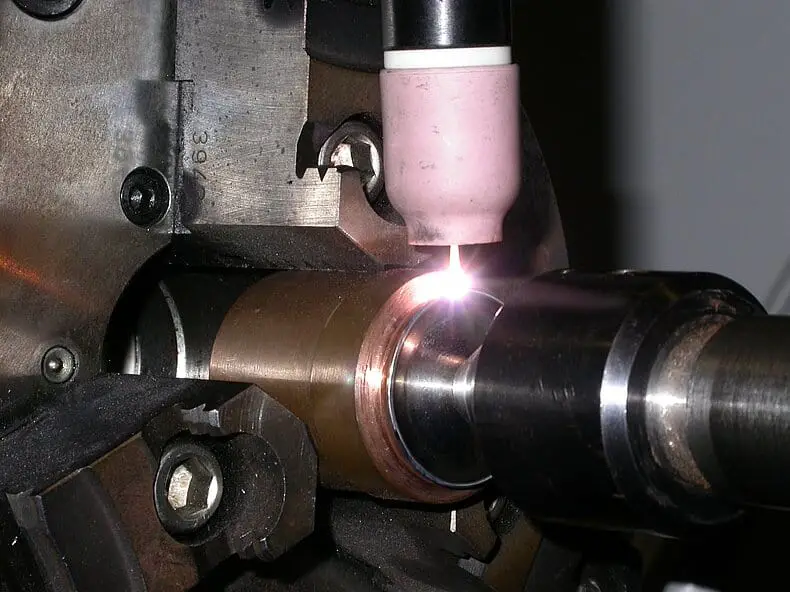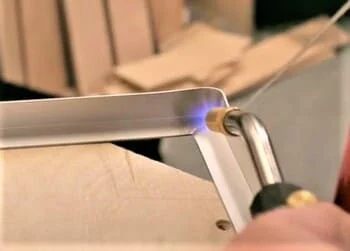What is Welding?
Welding can be defined as the process of joining two or more materials together by fusing them using heat. When two parts to be joined are melted together, heat or pressure or both is applied with or without added metal for the formation of a metallic bond.
There are many types of welding techniques used to join metals. The welding processes differ in the manner in which temperature and pressure are combined and achieved.
What is Need for welding?
Welding is a vital process in manufacturing. Almost all engineering materials required joining when producing machinery parts or tooling. Myriad types of welding processes are used to join different metallurgical types using various welding processes.
Welding joints offer reliability and integrity to the components with equal or exceeding material strength. This helps to make components at an economical rate.
What are the 5 types of Weld?
There are different types of welding, each with its own advantages and disadvantages. The five main types of welding are:
- Shielded Metal Arc Welding (SMAW) or Stick Welding,
- GMAW- MIG & MAG Welding,
- Gas Tungsten Arc Welding (TIG),
- Flux Cored Arc Welding (FCAW), and
- Submerged Arc Welding (SAW).
1. SMAW, or shielded metal arc welding, uses a flux-coated electrode to create a weld. This type of welding is often used for heavy-duty applications. shielded metal arc welding is the oldest type of welding and is still used today for many applications.
2. GMAW, or gas metal arc welding, uses a wire electrode that is fed through a gun. This type of welding is often used in factories because it is efficient and produces high-quality welds. MIG & MAG welding is the type of GMAW process.
3. TIG, or tungsten inert gas welding (GTAW), uses a non-consumable tungsten electrode to create a weld. TIG welding is often used for smaller projects because it produces clean and precise welds.
4. Flux Cored Arc Welding (FCAW) is an arc welding process that uses a tubular wire filled with flux. The flux core wire protects the weld from contamination and helps to produce a quality weld.
5. Submerged Arc Welding (SAW) is a process that welds metals together by using an arc of electricity that is submerged under the surface of the weld puddle. SAW is a very versatile welding process and can be used to weld many different types of metals together. The process is often used in heavy-duty applications where high strength and toughness are required.
Types of Different Welding Processes
Welding is a process of joining two metal parts together by melting the base metal and adding a filler metal. The filler metal is distributed into the weld joint, and when it cools, it forms a joint that joins the two parts together. There are many different welding processes, each with its own advantages and disadvantages.
There are many types of welding techniques used to join metals. The welding processes differ in the manner in which temperature and pressure are combined and achieved and based on that types of welding are classified.
The welding process is divided into two major categories:
- Fusion Welding (General classification shown in figure 1) and
- Pressure Welding (Classification shown in figure 2).
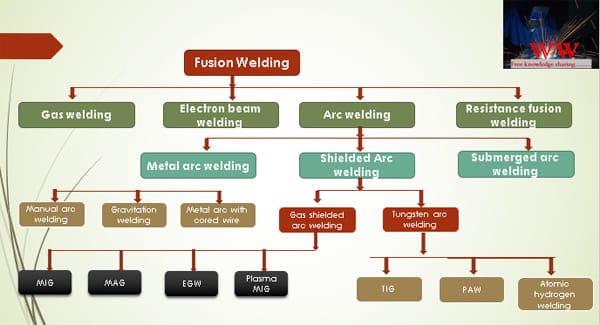
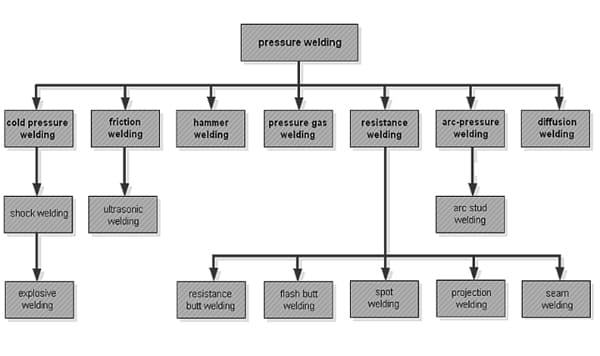
Figure 3 shows the classification of various welding processes as defined by the American Welding Society (AWS).
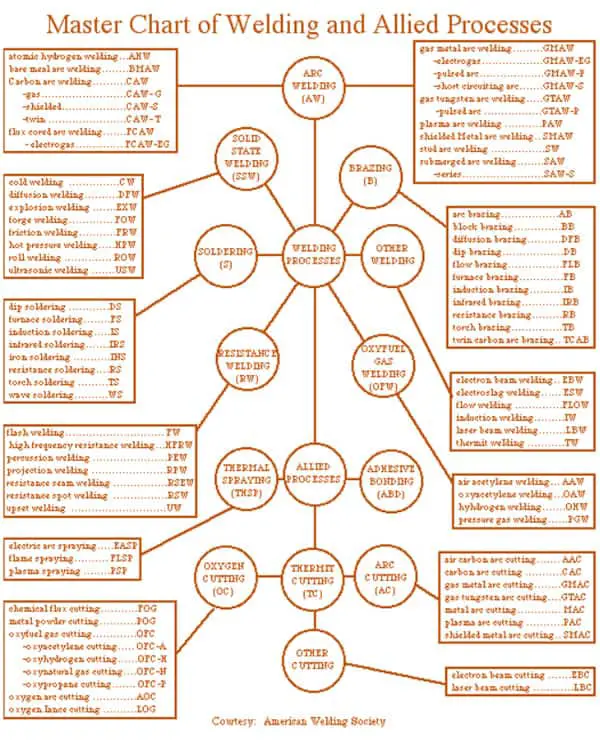
Stick Welding (SMAW)
The most common process is the shielded metal arc welding (SMAW) process or also called Stick Welding. In this process, an electric arc is created between the electrode and the workpiece, melting the metals and joining them together.
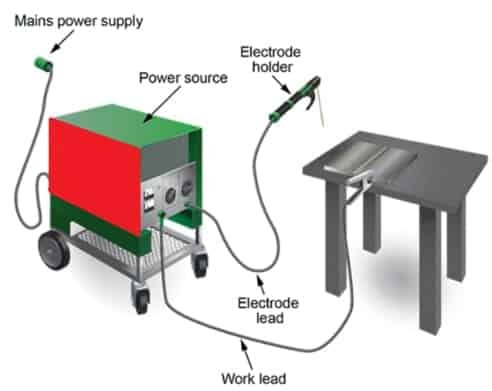
Stick welding is a process that uses a welding rod to create the weld. The welding rod is covered in a flux that helps protect the weld from corrosion and also helps the weld to stick to the metal. The flux also helps to create a good weld by melting into the metal and creating a strong bond.
TIG Welding (Gas Tungsten Arc Welding)
TIG welding is a welding process that uses a non-consumable tungsten electrode to produce the weld. The weld area is protected from atmospheric contamination by an inert shielding gas, usually argon.
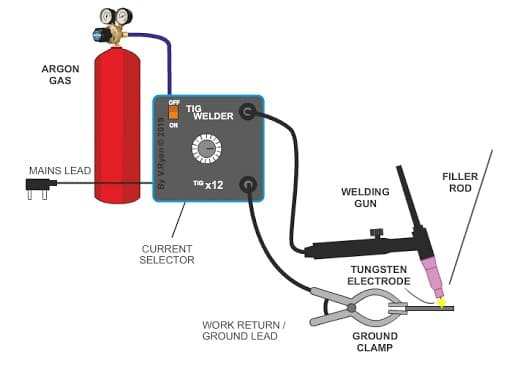
TIG welding has many advantages over other welding processes, such as MIG welding and arc welding. TIG welding produces very clean welds with little or no slag, and the welds are very strong. TIG welding is also a very versatile process, and can be used to weld almost any type of metal. However, TIG welding is also more expensive and requires more skill than other welding processes.
MIG-MAG (Gas Metal Arc Welding)
MIG-MAG (Gas Metal Arc Welding) is a welding process that uses an electrode wire from a wire spool to create a weld. The electrode wire is fed through a gun, and the welder uses the gun to guide the weld. MIG welding is used for both steel and aluminum.
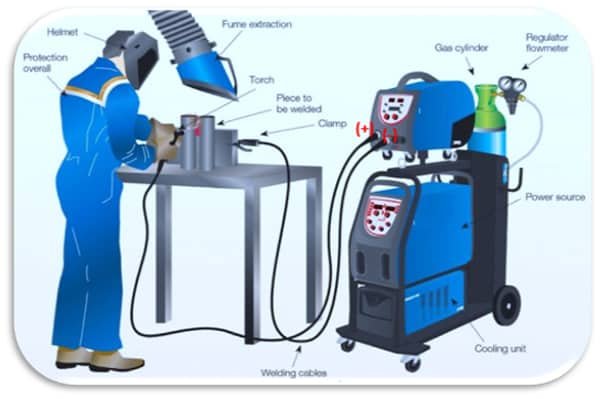
MIG-MAG welding is one of the most popular welding processes. It is easy to learn and use, and it produces high-quality welds. MIG-MAG welding can be used for both light and heavy gauge metals.
One disadvantage of MIG-MAG welding is that it can be expensive. Another disadvantage is that it can produce harmful fumes if not done in a well-ventilated area.
FCAW (Flux Cored Arc Welding)
FCAW means Flux Cored Arc Welding. FCAW is a type of Gas Metal Arc Welding (GMAW) having a cored wire instead of a solid wire that we see in the MIG-MAG welding process.
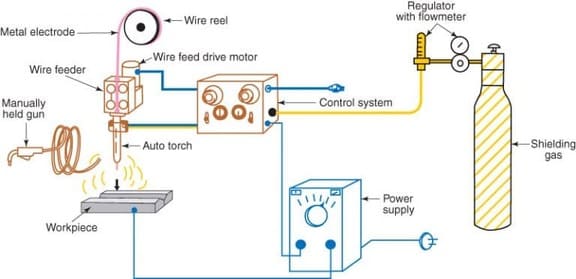
FCAW definition can be given as ”a variant of gas metal arc welding where the filler wire is cored (hollow wire filled with flux) as shown in the below figure. FCAW wire is filled internally with flux while MIG/MAG (GMAW) wire is solid.
SAW (Submerged Arc Welding)
The submerged arc welding process or also known as SAW welding is an automatic and high-productivity fusion welding process. Compared to the Stick welding or SMAW process, granular flux in the process is laid on the unwelded seam area.
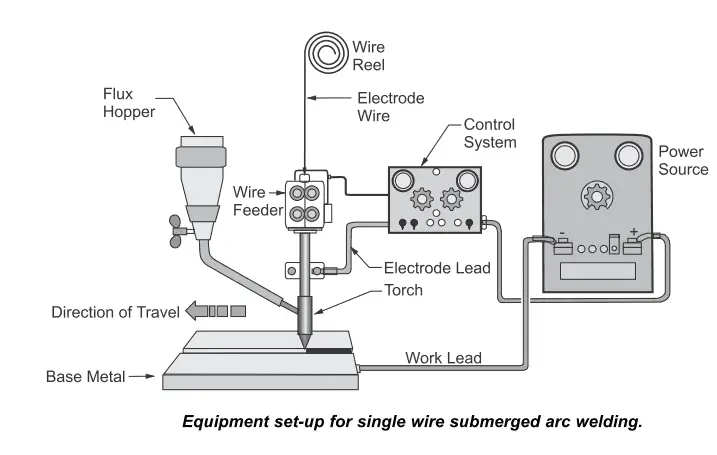
During welding wire is fed continuously from a wire spool and arc burns underneath the flux as shown in the above picture. So, the welding is not visible with the eyes and hence no welding helmet is required in SAW welding. No external shielding gas supply is required in the submerged arc welding process.
Similar Posts:
